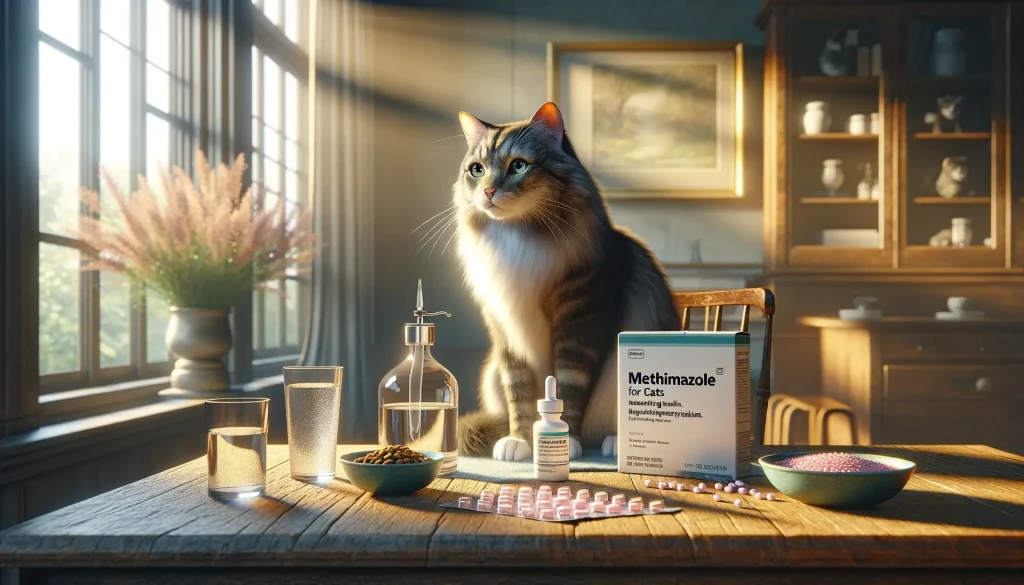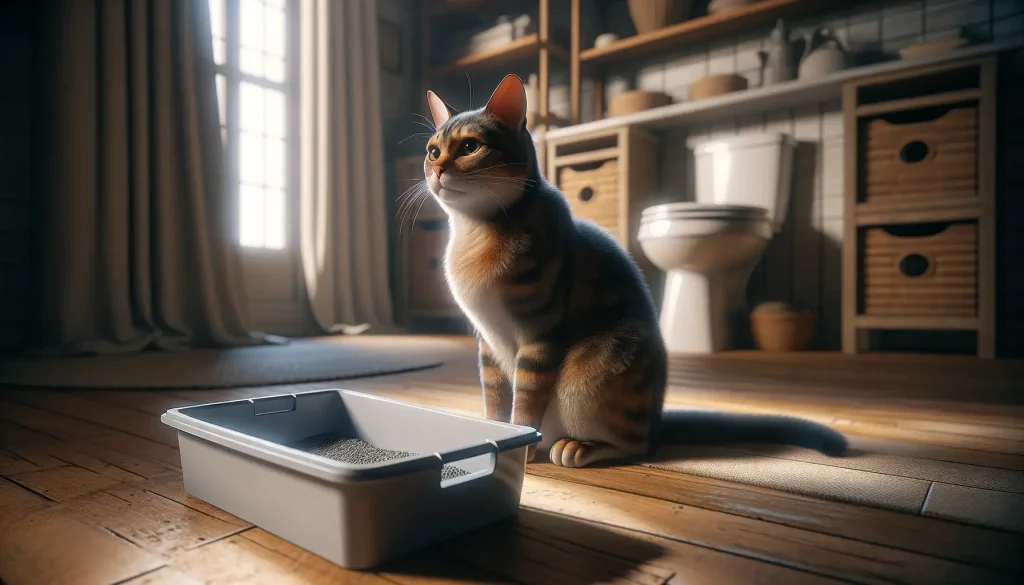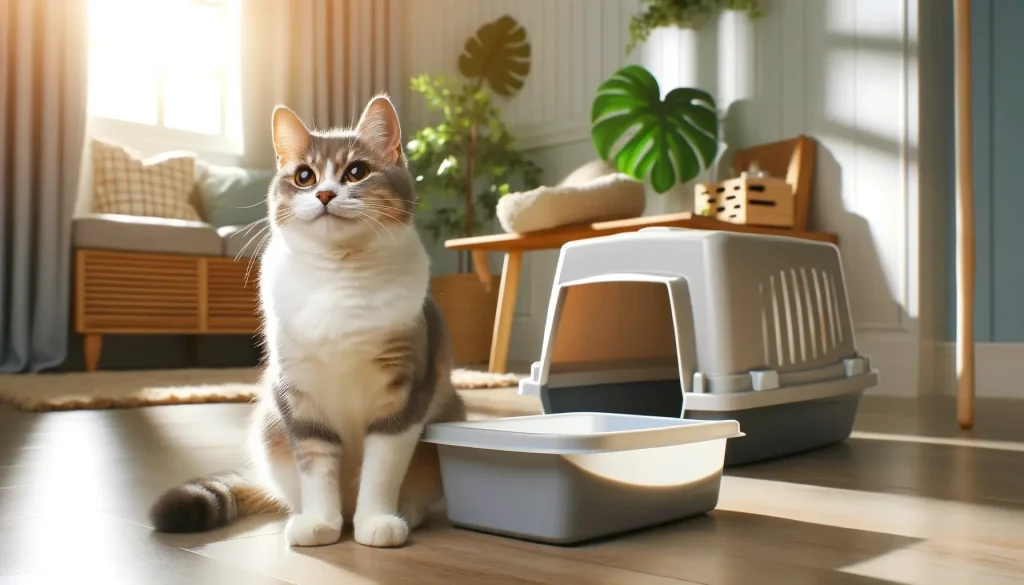
A urinary obstruction, more commonly known as a cat mucus plug, occurs when mucus, crystals, stones, or other components in the urine form a clump, blocking the urinary tract. This blockage usually takes place in the urethra, the channel that drains urine out of the bladder and out of the body. Male cats are primarily at risk due to their narrow urethral openings, which means even tiny clumps can cause a significant obstruction.
The causes of such obstructions are varied, including factors like stress, poor water intake, diet, and infection. Symptoms to watch for encompass straining in the litter box, crying or howling, excessive licking at the genital area, and hiding. Nevertheless, these signs can also mirror other issues like urinary tract infections (UTIs) or cystitis, making it difficult to distinguish the exact problem without a vet’s help.
Immediate veterinary care is essential, as a delay can lead to critical health issues due to the buildup of toxins. Treatment often involves urinary catheterization and possibly emergency surgery if catheterization fails. Following initial treatment, dietary management and increased water intake through wet food are recommended to prevent future occurrences.
Can understanding and managing these factors prevent your cat from experiencing this distressing condition? Let’s delve deeper.
FAQs About Cat Mucus Plug
As a pet owner, you likely have many questions about your cat’s health, particularly when facing issues like a urinary obstruction. To ease your concern and provide clear information, here are some frequently asked FAQ types of queries related to cat mucus plug issues.
Can a Cat Mucus Plug Go Away on Its Own?
Unfortunately, no. A cat mucus plug causing a urinary obstruction requires immediate veterinary intervention. Without treatment, it can lead to serious, potentially fatal complications.
How Can I Tell if My Cat Has a Mucus Plug?
Watch for symptoms like straining in the litter box, crying or howling, excessive licking at the genital area, and hiding. These signs indicate your cat may have a urinary tract issue, including a possible mucus plug.
What Is the Recovery Time After Treatment?
Recovery time can vary. After removing the urinary obstruction, cats often spend a few days in the hospital for monitoring. Full recovery depends on the obstruction’s severity and any underlying issues. Consult your vet for a tailored recovery plan.
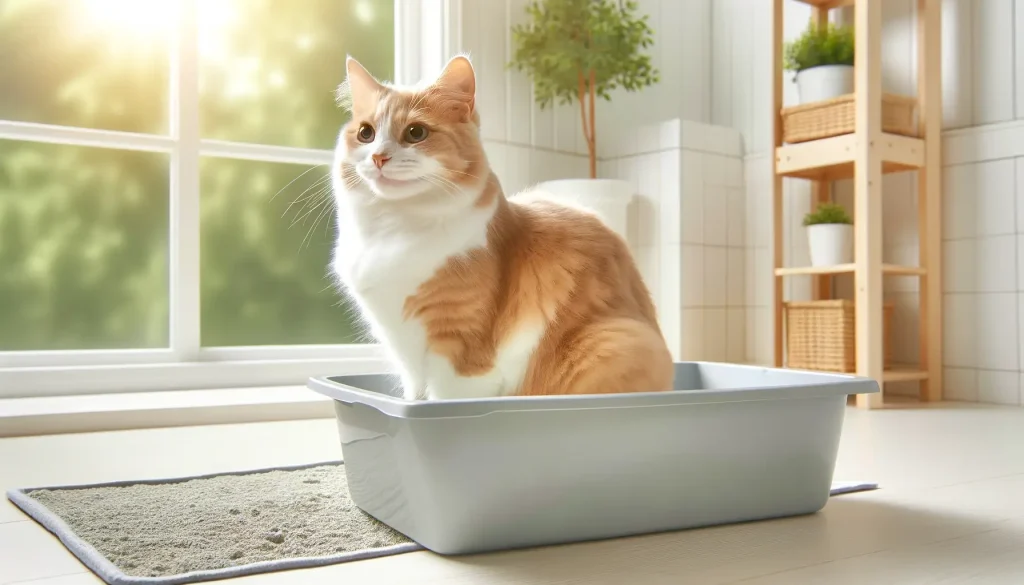
How Often Do Mucus Plugs Recur in Cats?
Recurrence rates vary based on factors like diet, hydration, and stress management. Following veterinarian recommendations on prevention can significantly reduce the risk of future issues.
What Are the Best Dietary Changes to Prevent a Cat Mucus Plug?
Switch to a special urinary support diet designed to prevent crystal formation. Increase your cat’s water intake by incorporating wet food into their diet or using water fountains. Consult your vet for specific dietary recommendations.
Is a Cat Mucus Plug a Sign of a Bigger Health Issue?
While a mucus plug itself is a significant health concern requiring immediate attention, it can also be indicative of underlying health issues, such as chronic urinary tract infections, bladder stones, or even more systemic conditions like diabetes. Regular veterinary check-ups can help identify and manage these underlying causes, potentially preventing the recurrence of urinary obstructions.
Can Stress Alone Cause a Mucus Plug in Cats?
Stress is a known factor that can exacerbate or contribute to the formation of a mucus plug, though it’s usually in combination with other factors like dehydration or mineral imbalances in the diet. Stress can lead to changes in urinary habits and even affect urine composition, increasing the risk of plug formation. Addressing stress in your cat’s life is an essential part of prevention.
Are Certain Breeds More Prone to Mucus Plugs?
While any cat can develop a mucus plug, certain breeds may be at higher risk due to genetic predispositions to urinary tract issues. Breeds with a history of urinary problems, such as Persian and Himalayan cats, may require more proactive management to prevent urinary tract obstructions.
What Immediate Actions Should I Take if I Suspect My Cat Has a Mucus Plug?
If you suspect your cat has a mucus plug, immediate veterinary attention is crucial. Do not wait to see if symptoms improve on their own. Early intervention can prevent serious complications and potentially save your cat’s life.
Can Regular Grooming Prevent Mucus Plugs in Cats?
While grooming itself may not prevent mucus plugs directly, maintaining good hygiene can help reduce the risk of urinary tract infections, which can contribute to the formation of plugs. Regular grooming, especially for long-haired breeds, can help prevent matting and keep the genital area clean.
Is There a Way to Monitor My Cat’s Urine Health at Home?
Yes, there are cat litter products available that can change color based on the pH of the urine or the presence of blood. These can be useful tools for monitoring your cat’s urinary health, but they should not replace regular veterinary check-ups.
Understanding the cat mucus plug issue wholeheartedly requires recognizing the signs, seeking timely treatment, and taking proactive steps to prevent future occurrences. Always consult your veterinarian for advice tailored to your cat’s needs.
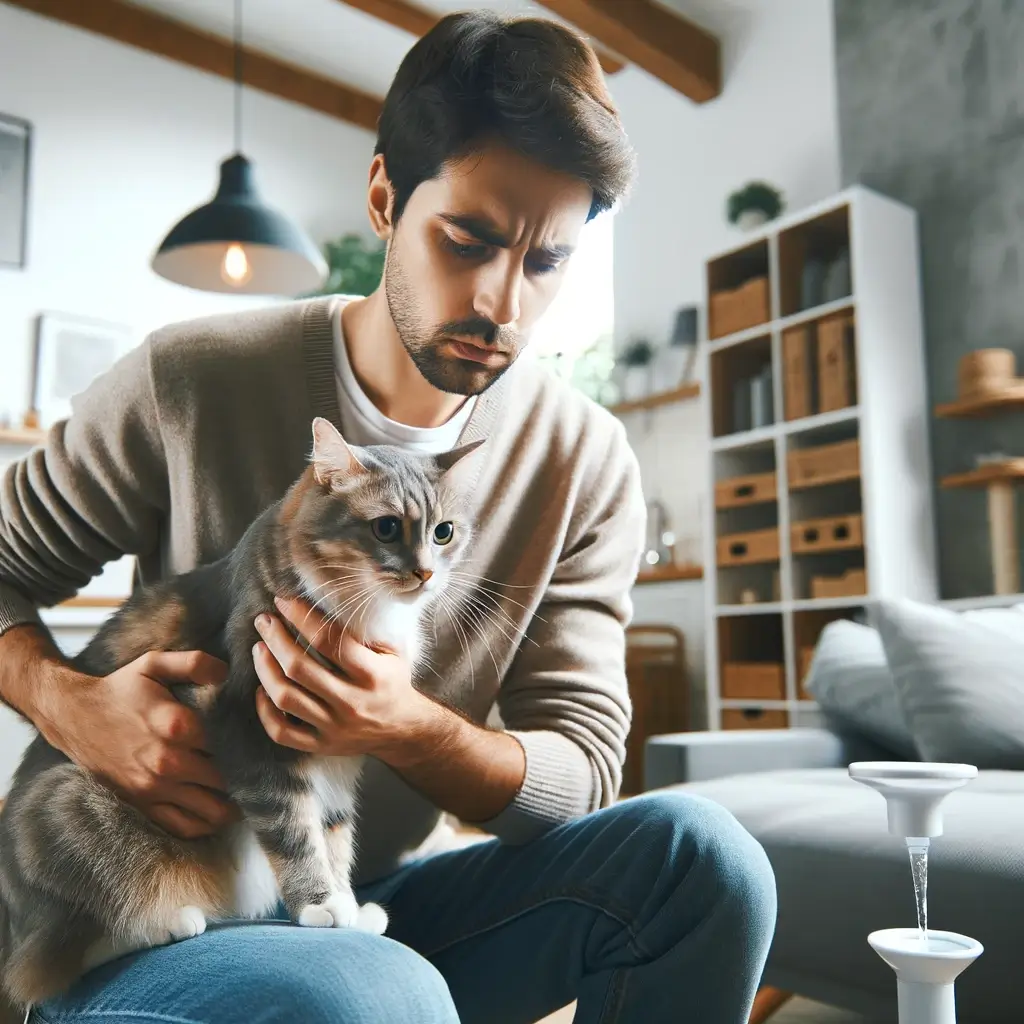
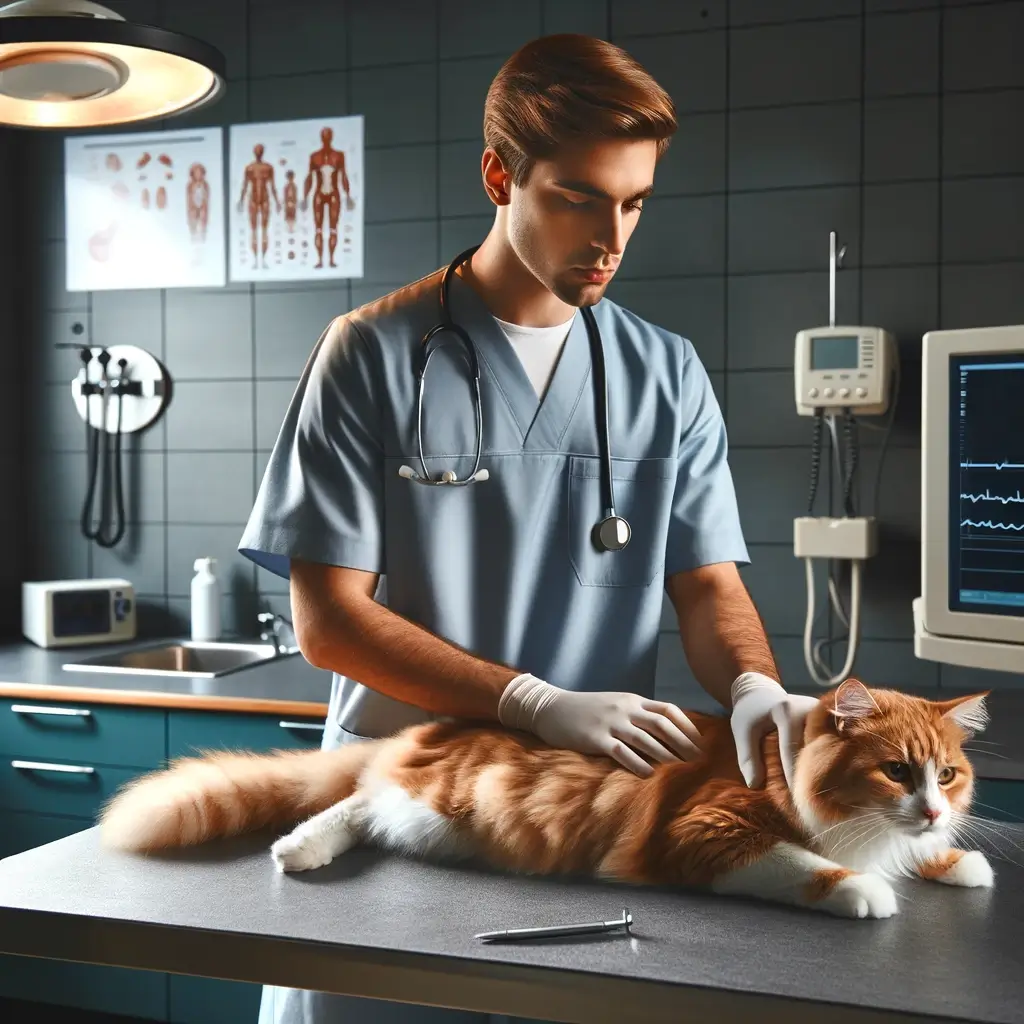
Home Care Tips and Vet Visits
Home care for a cat that has experienced a mucus plug is about managing their diet and stress while keeping dehydration at bay. However, knowing when these efforts are enough and when it’s time to head to the vet is crucial for your cat’s health and safety.
At Home: Preventing a mucus plug starts with hydration. Encourage your cat to drink more water. Cat water fountains or adding water to their food can make a big difference. Next, focus on their diet. Special urinary health cat foods are available that support a healthy urinary tract. They manage mineral levels and help maintain the right urine pH.
Stress reduction is also key. Cats need a calm environment. Make sure their litter box is clean and placed in a quiet area. Play and physical activity can also help keep stress levels low.
When to Visit the Vet: Certain symptoms should not be ignored. If your cat is straining to urinate, crying, hiding more than usual, or you notice excessive licking of the genital area, these are serious signs. They indicate that a vet visit is necessary.
Remember, a urinary obstruction can quickly turn into a life-threatening situation. If your cat shows any of these symptoms, especially after a previous obstruction, it’s time to contact your vet immediately.
A vet can provide treatments such as urinary catheterization or surgery, which are not possible at home. They can also prescribe medications to manage pain and infections.
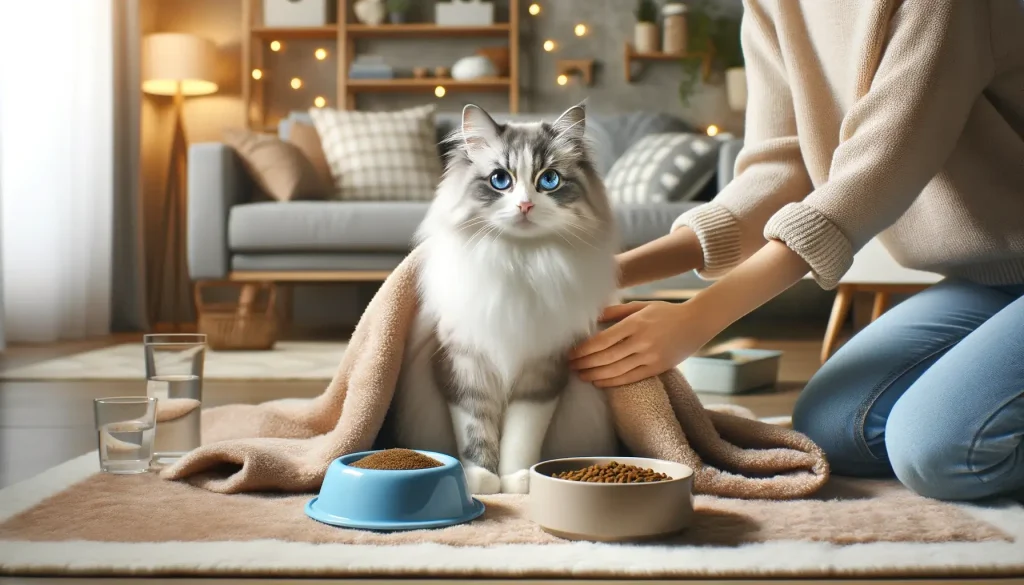
Preventing Cat Mucus Plug Issues
Prevention is your best defense against cat mucus plug problems. Being proactive can save your feline from discomfort and you from heartache. Here’s how:
- Diet overhaul: Transition to a special urinary support diet that helps in preventing crystal and stone formation. These are specially formulated to control mineral content and balance urinary pH.
- Boost hydration: Increase your cat’s water intake. Wet food, water fountains, and even adding a bit of water to dry food can make a substantial difference.
- Stress management: A stress-free cat is a healthier cat. Keep their environment calm, their litter boxes clean, and engage in regular playtime.
- Regular vet check-ups: Regular visits to the vet can catch problems before they escalate. Discuss urinary health at these check-ups.
By integrating these steps into your cat care routine, you’ll significantly reduce the chances of a urinary obstruction from a mucus plug disturbing your pet’s peace.
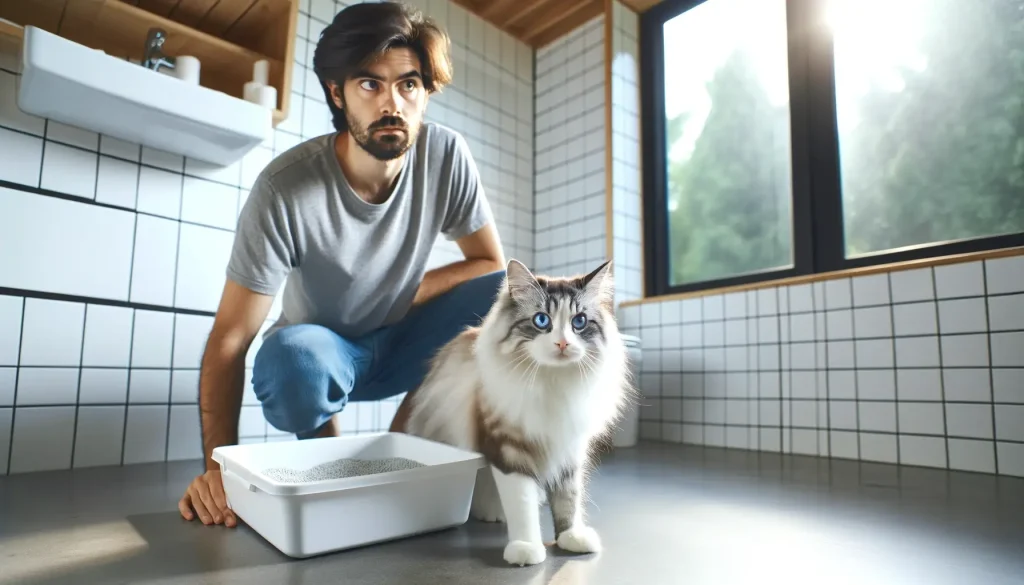
Early Warning Signs of Cat Mucus Plugs
Early detection of urinary issues, including the onset of cat mucus plugs, can be the key to preventing severe complications and ensuring the well-being of your feline friend. Being vigilant about changes in your cat’s behavior and bathroom habits plays a critical role in this early detection process.
Regular monitoring of your cat’s litter box use is essential. An increase in the frequency of visits to the litter box, prolonged squatting without urination, or any signs of discomfort are clear indicators that something may be wrong. These symptoms often suggest an underlying issue that could escalate into a urinary obstruction if not addressed promptly.
Another significant warning sign is changes in urine appearance. Cloudy urine, the presence of blood, or an unusual odor can all indicate urinary tract problems. Monitoring these changes can provide critical clues about your cat’s health and the necessity for veterinary intervention.
Behavioral changes are also telling signs. Cats suffering from urinary discomfort may become more withdrawn, exhibit increased agitation, or show unusual aggression when their abdomen or lower back is touched. Additionally, excessive licking of the genital area is a common indication of discomfort or infection in the urinary tract.
Maintaining open communication with your veterinarian is crucial. Regular wellness checks allow for the discussion of any concerns and the opportunity for early intervention. In some cases, your vet may recommend routine urine tests as a preventive measure, especially for cats with a history of urinary issues.
Empowering yourself with knowledge about these early warning signs and maintaining a proactive approach to your cat’s health can make a significant difference in managing and preventing urinary tract issues. Early intervention not only spares your cat from discomfort but can also prevent more serious health risks associated with urinary obstructions.
Beginner Guide to Raising Quail at Home
What are the Signs of a Dog Concussion?
What Causes Your Dog’s Ears to Smell Bad?
When your dog’s ears start to emit an unpleasant odor, it might leave you puzzled…
Methimazole Treatment for Cat Hyperthyroidism
Methimazole plays a crucial role in managing feline hyperthyroidism, a condition marked by an overactive…
Got Hummingbirds in your Backyard? Here’s How to Care for Them.
Why Does Your Cat Pee Outside the Litter Box?
Cat’s Litter Box Issues It’s not uncommon for cat owners to face the frustrating dilemma…



